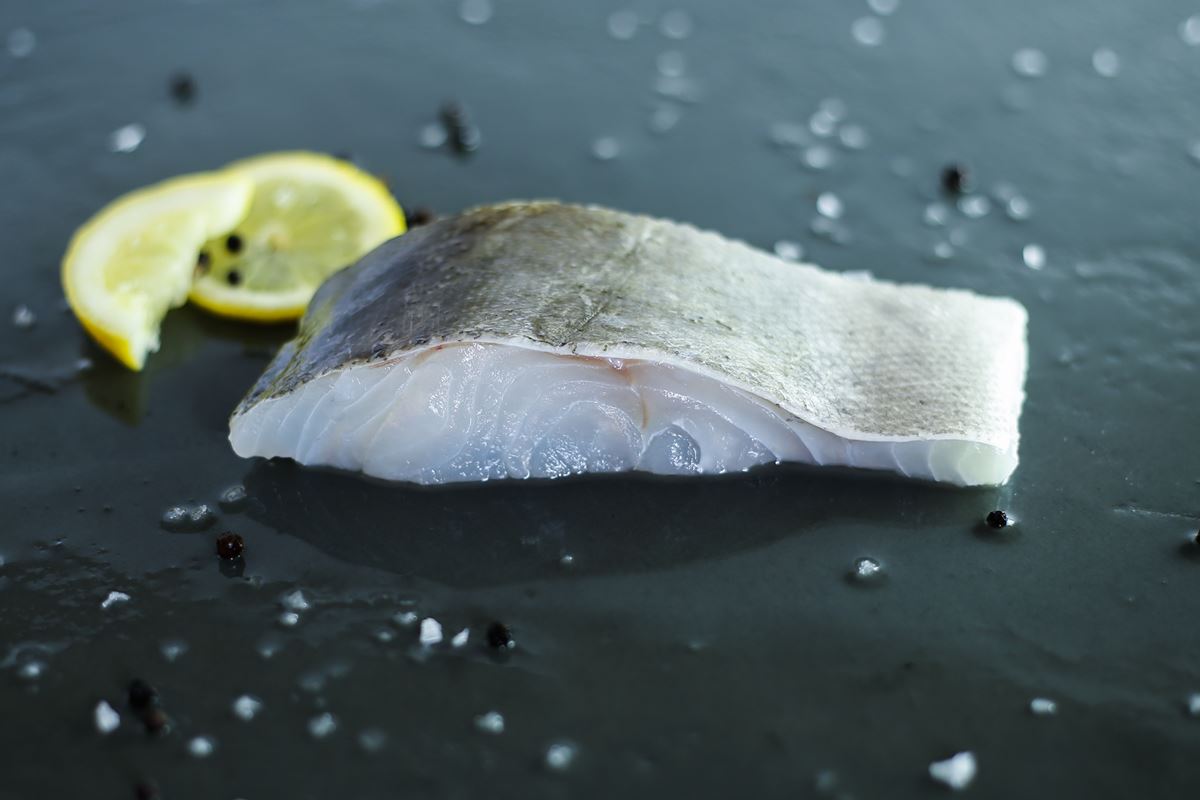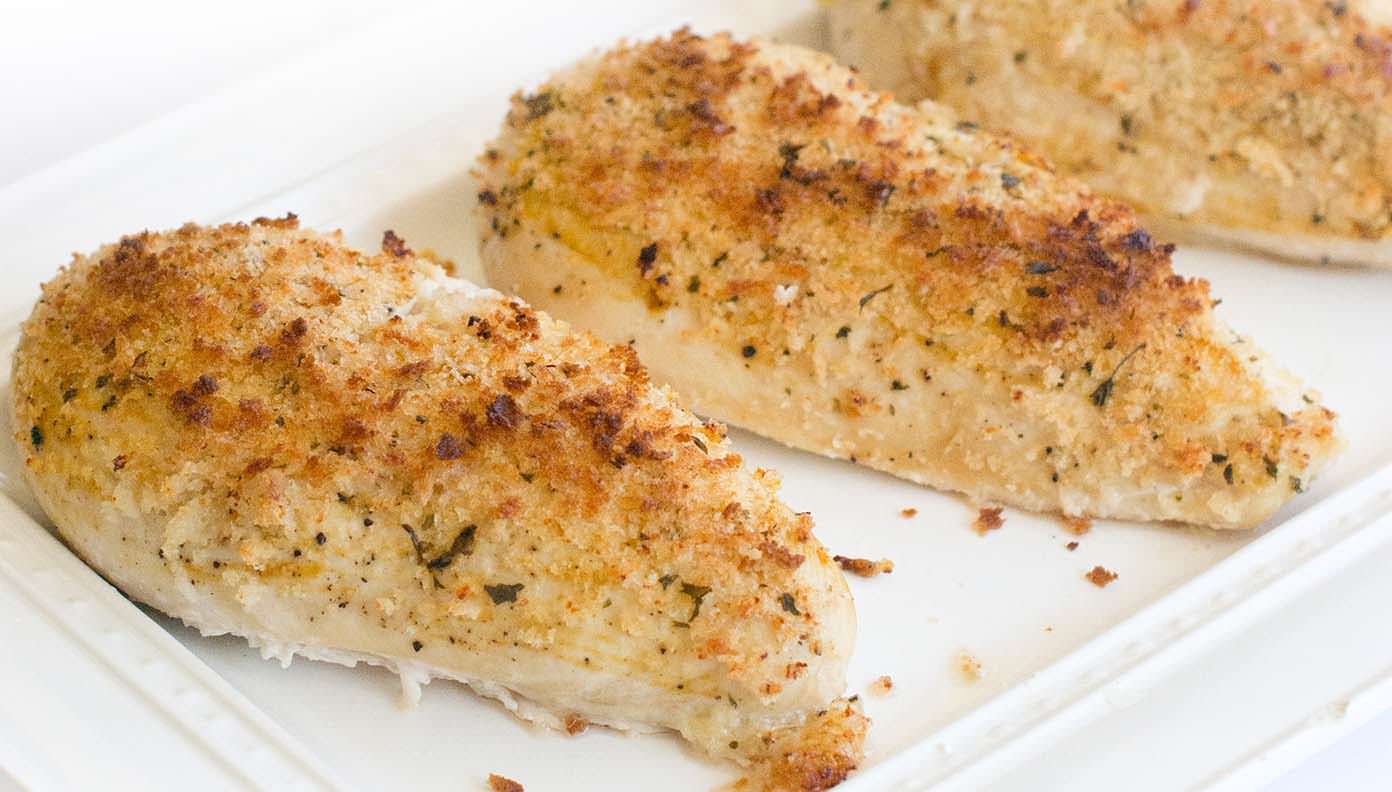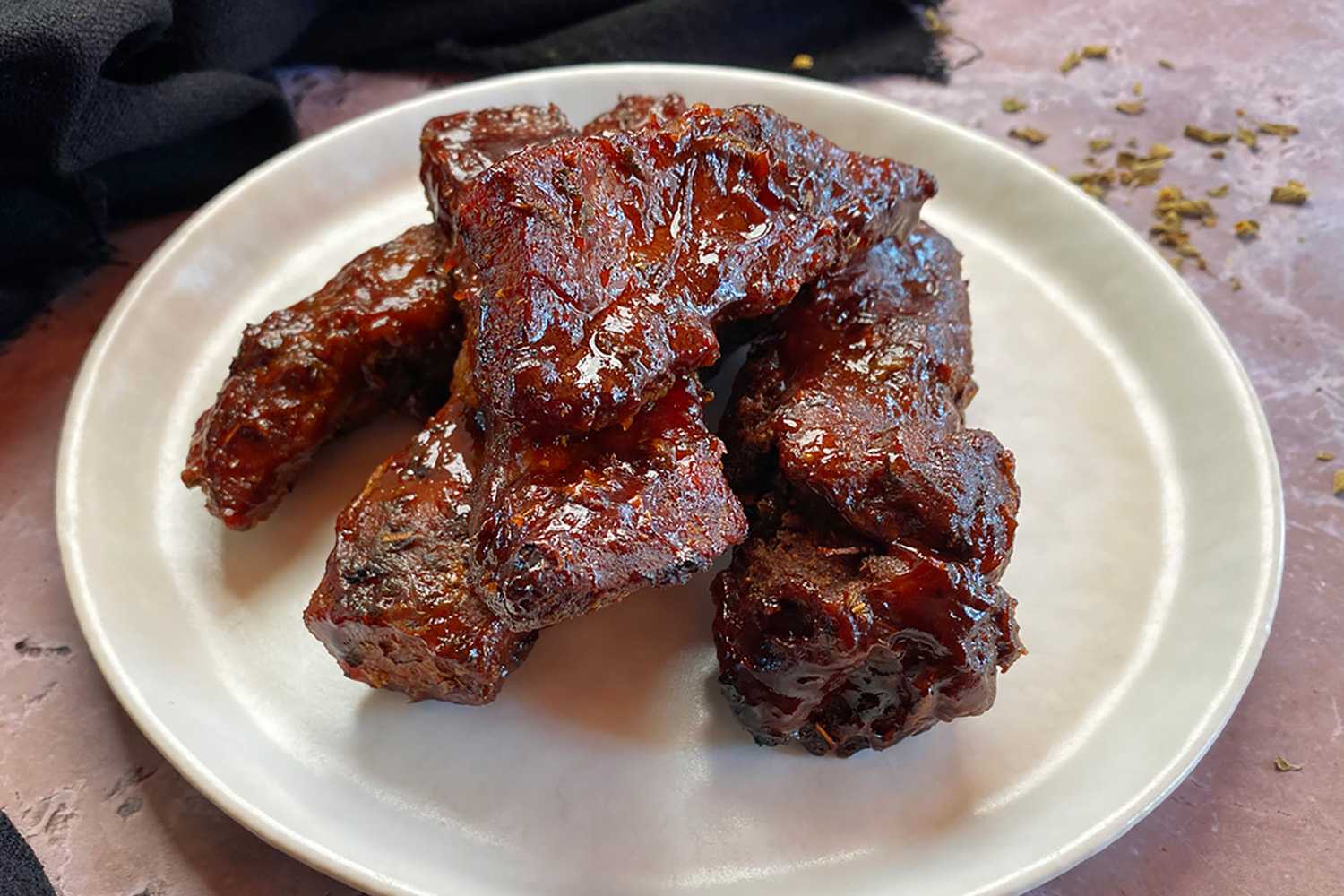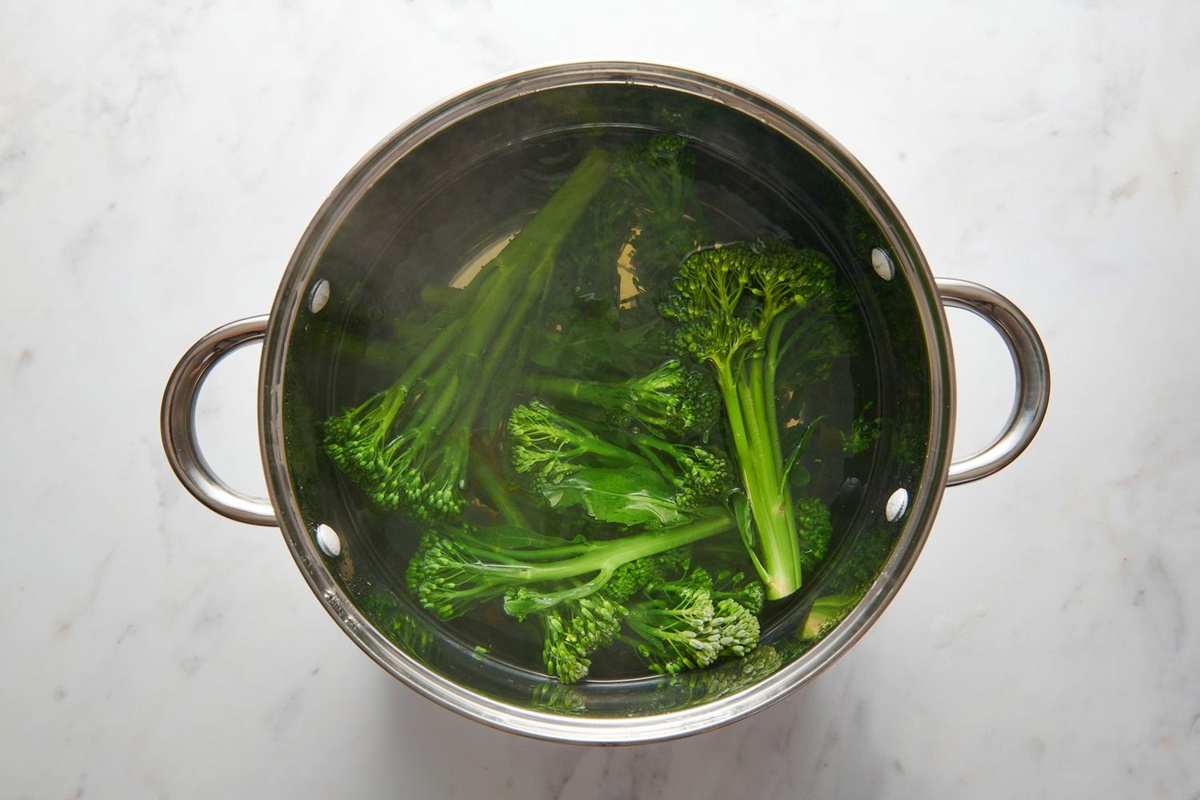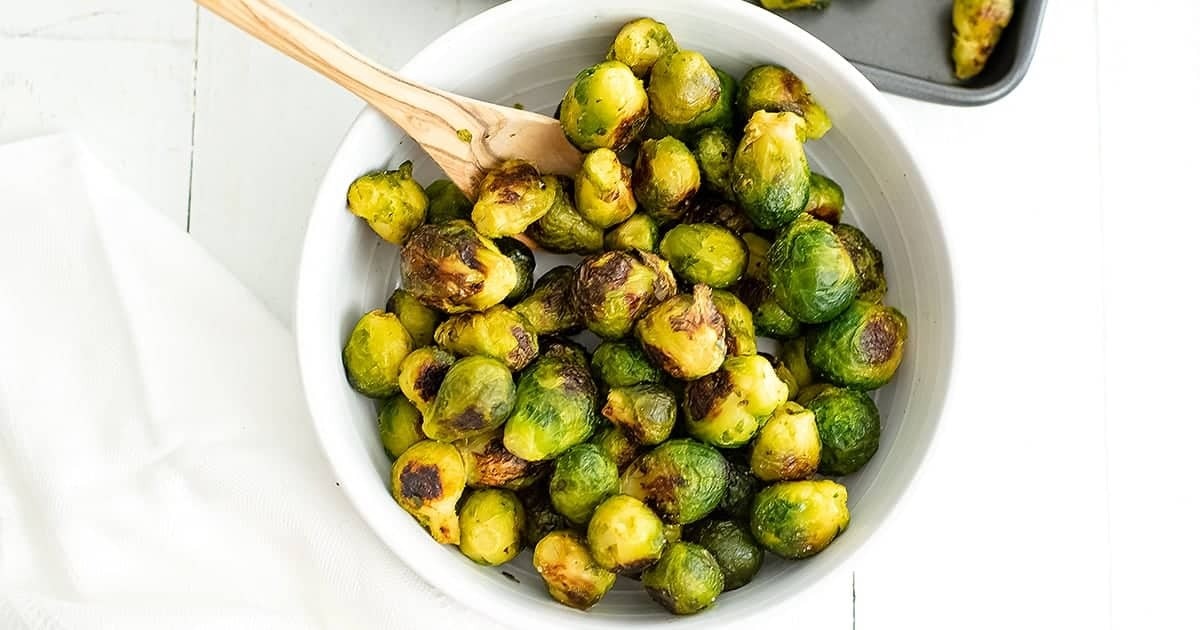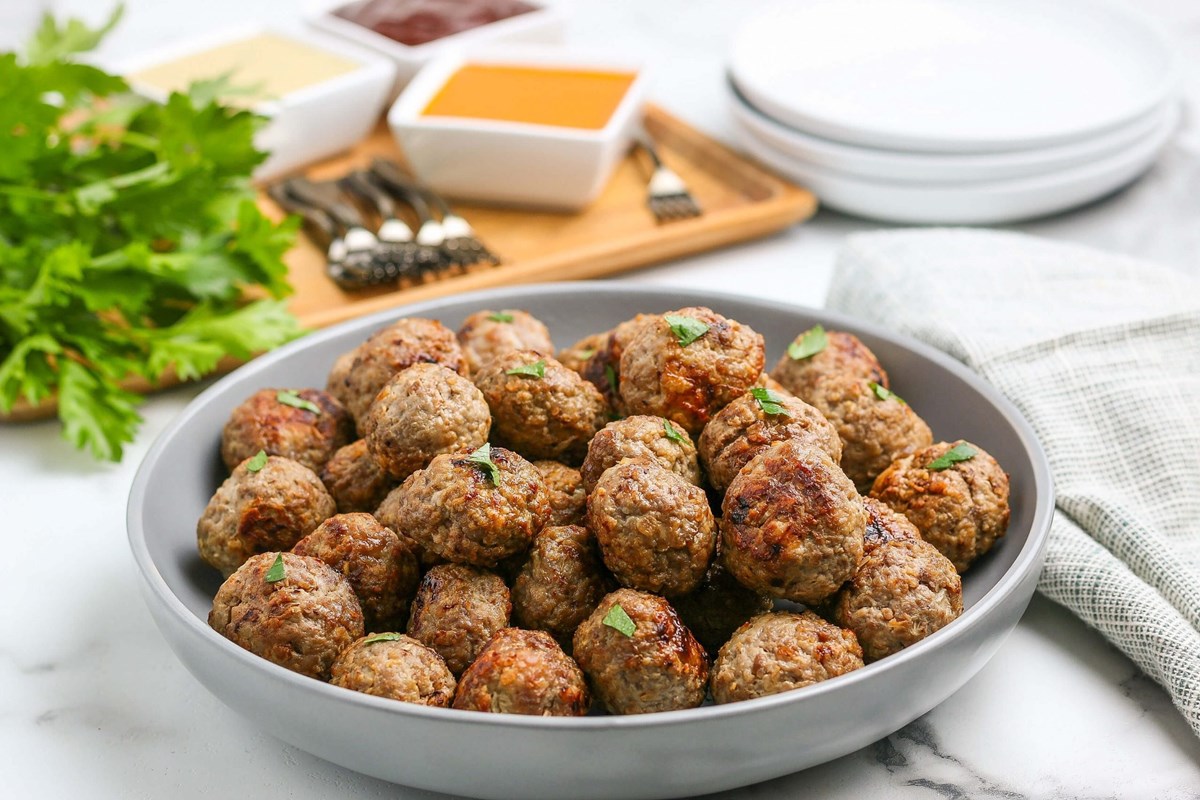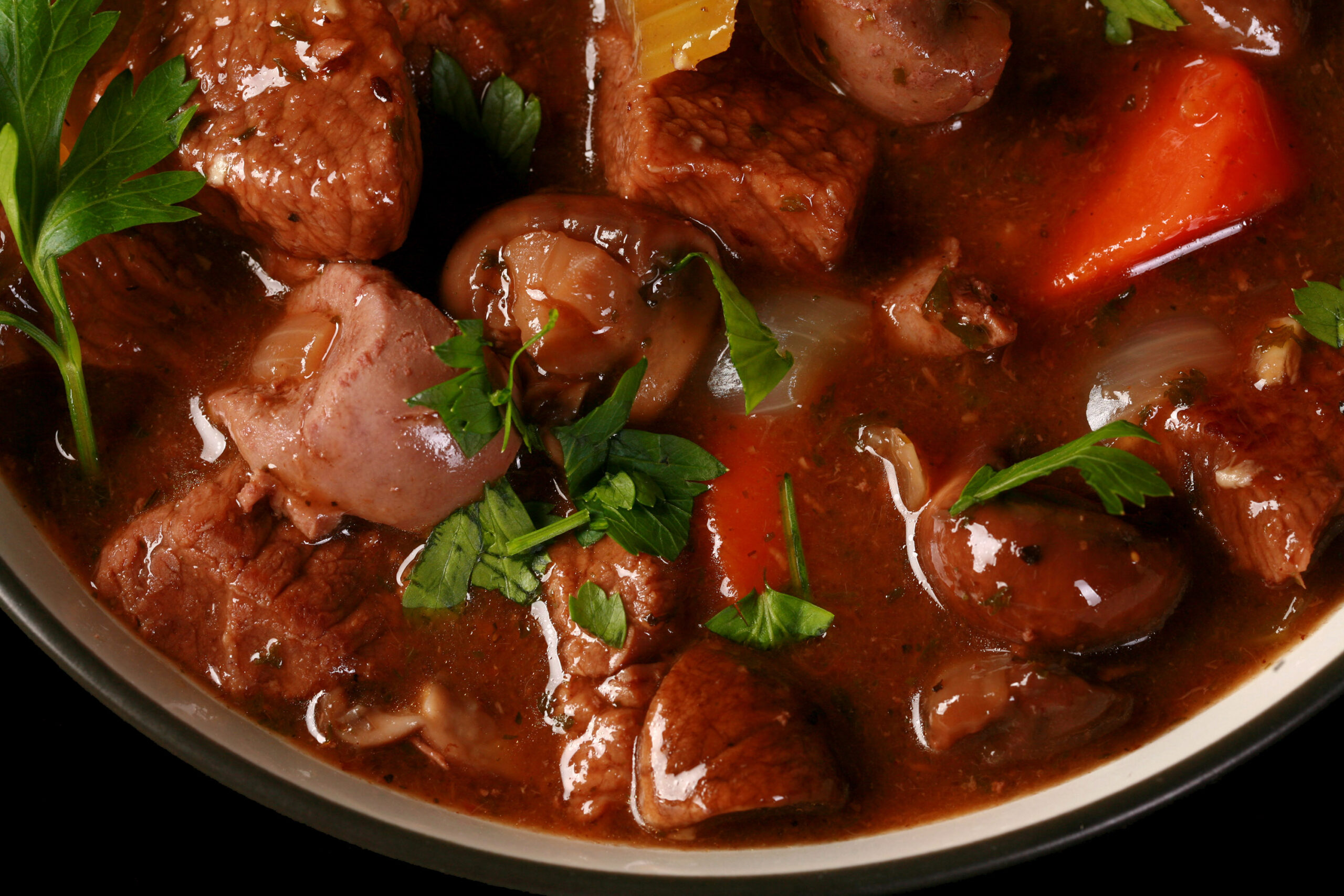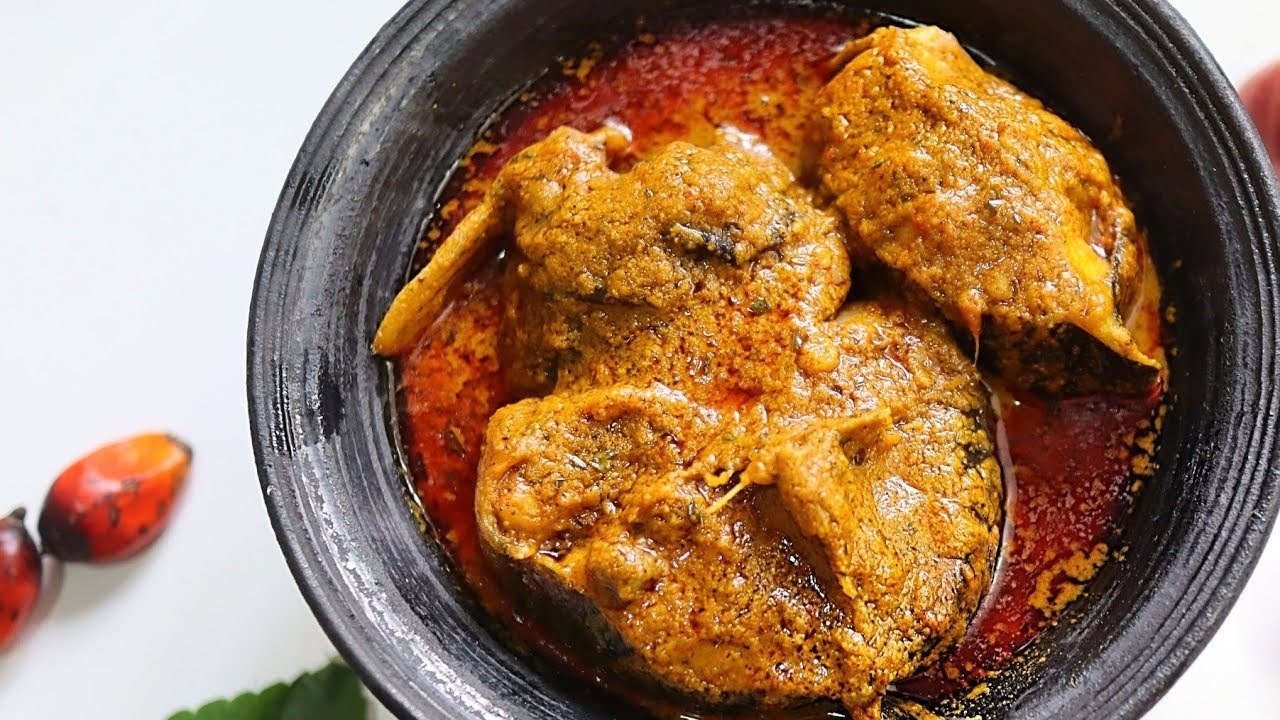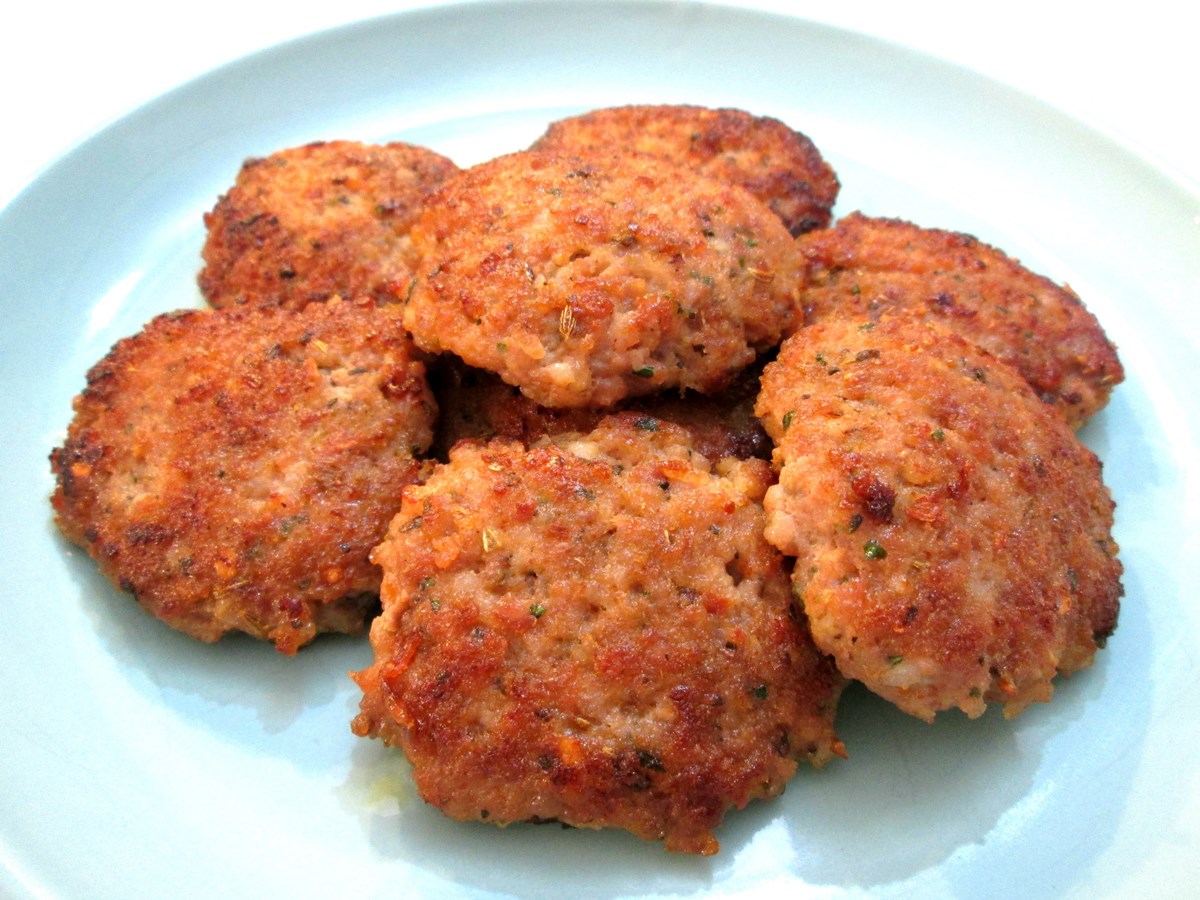Deliciously Savory: A Guide to Cooking Southern Hog Maws
When it comes to soulful Southern cuisine, few dishes can rival the rich and flavorful experience of Southern Hog Maws. These delectable treats are a staple in the Southern culinary tradition and can be enjoyed as a main course or added to a range of mouthwatering recipes. Whether you’re a seasoned cook or an adventurous foodie looking to dive into the world of Southern cooking, this guide will take you through the steps of preparing and cooking these delectable morsels.
What are Hog Maws?
Hog maws, also known as pig stomachs, are a traditional dish made from the lining of a pig’s stomach. They are often paired with other ingredients such as vegetables, rice, or beans to create a hearty and satisfying meal. Hog maws have a unique texture that becomes tender and flavorful when cooked with the right techniques and seasonings.
Preparing Hog Maws
Before you start cooking, it’s important to properly prepare the hog maws to ensure the best possible taste and texture. Here’s a step-by-step guide:
- Begin by thoroughly cleaning the hog maws under cool running water. Remove any excess fat or debris.
- Boil the hog maws in a large pot of water for about 30 minutes. This will help to further clean and tenderize them.
- After boiling, remove the hog maws from the pot and let them cool.
- Once cooled, carefully peel off the tough outer membrane that covers the hog maws. This will help to enhance their tenderness and make them more enjoyable to eat.
- After peeling, rinse the hog maws again to remove any remaining debris.
Cooking Southern Hog Maws
Now that your hog maws are prepped and ready to go, let’s dive into the cooking process:
- Start by seasoning the hog maws with your favorite combination of spices. Traditional Southern flavors include black pepper, paprika, garlic powder, and cayenne pepper for a hint of heat.
- For added depth of flavor, marinate the hog maws overnight in a mixture of buttermilk, vinegar, and hot sauce.
- When you’re ready to cook, heat a large skillet or Dutch oven over medium-high heat. Add a splash of oil or a pat of butter to prevent sticking.
- Carefully place the hog maws in the skillet and cook for about 10-15 minutes, turning occasionally, until they are golden brown and crispy on the outside.
- Reduce the heat to low and add your choice of liquid, such as chicken broth or water, to the skillet. Cover and simmer for 1-2 hours, or until the hog maws are tender and fully cooked.
- Feel free to experiment with additional ingredients and flavors, such as onions, bell peppers, or your favorite herbs, to create a personalized twist on this classic Southern dish.
Serving Suggestions
Once your Southern Hog Maws are cooked to perfection, it’s time to enjoy them! Here are some serving suggestions and meal ideas:
- Serve alongside traditional Southern sides such as collard greens and cornbread for a hearty and comforting meal.
- Dice the cooked hog maws and add them to a flavorful gumbo or jambalaya for a taste of the South.
- Use hog maws as a tasty filling for empanadas or hand pies.
- Pair them with your favorite barbecue sauce and enjoy them as a delicious slider or sandwich filling.
With these simple steps and ideas, you’re now well-equipped to embark on a culinary adventure to cook Southern Hog Maws. Bring the comforting and robust flavors of the South into your kitchen and enjoy this traditional dish with family and friends.
Remember, cooking is an art, so don’t be afraid to get creative and make it your own. Embrace the flavors, traditions, and spirit of Southern cooking, and bon appétit!
Was this page helpful?
Read Next: How To Cook Big Clams
